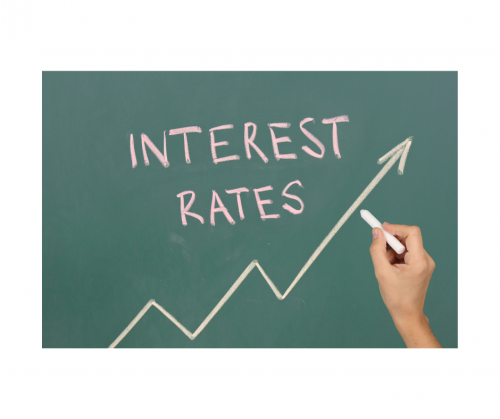Last updated: July 02 2025
Good News: Prescribed Interest Rates Drop in Q3!

Evelyn Jacks
Did you know that up to June 23, 2025, over 31.5 million Canadians had filed a T1 tax return? Over 7 million people are owing about $8000 to the CRA. The numbers are estimates, as CRA has not updated their website, however what is clear is that CRA has reduced the third quarter prescribed interest rates for Q3 – July 1 to September 30. That makes interest on money owing to CRA 1% lower – the lowest interest rate in fact since October 1 to December 31; the fourth quarter of 2022. Here are the new rates, some planning opportunities and a Summer of 2025 educational opportunity:
- 7% - the rate charged on overdue taxes, Canada Pension Plan contributions, and employment insurance (EI) premiums
- 5% - the rate to be paid on non-corporate taxpayer overpayments by the CRA
- 3% - the rate to be paid on corporate taxpayer overpayments by the CRA
- 3% - the rate used to calculate taxable benefits for employees and shareholders from interest‑free and low-interest loans, and for the purposes of drawing up an inter-spousal loan

Tax Planning Strategies. Often taxpayers owe money at this time because they have income sources from which employers or financial institutions do not automatically withhold and remit taxes on behalf of the taxpayer or quarterly instalment remittances have fallen short. Examples include proprietors who have to pay both their income taxes on profits earned in the business and both the employer and employer’s share of the Canada Pension Plan premiums, which have risen this year, particularly for higher income earners with a new tier called CPP2.
First and foremost however is to consider in paying down tax debt as quickly as possible as 7% compounding daily is still very expensive. Questions to ask in making your financial plans:
- Does your operating line have a lower interest rate? If so, used the line to pay off your CRA debt this month.
- Does CRA owe you money from errors and omissions on prior filed returns? If so, file those tax returns or an adjustment for errors or omissions before the end of the year (note - you can go back to 2015 before the end of December). The refunds generated will offset your tax liability.
- Should you be drawing up an inter-spousal loan to transfer assets into that person’s hands to pay lower taxes in the future? The 3% prescribed rate is now quite low – but it could go lower. Consider this strategy in consultation with tax accountants and financial planners, with a view to splitting income in the future.
- Do you remit quarterly tax instalment payments? Is it necessary to do so this year if your income level has dropped? If not, use the extra cash flow to pay off your tax debt instead and/or invest in tax sheltered opportunities alike the Tax Free Savings Account (TFSA), the Registered Retirement Savings Account (RRSP) or the First Home Savings Account, depending on eligibility.
Bottom line: Do a SWOT assessment of your financial affairs (Strengths, Weaknesses, Opportunities, Threats) using this reduction in quarterly prescribed rates as a trigger. Owing money to CRA is expensive and with the daily compounding, the costs pile up more liabilities quickly. Tax knowledge is power: you’ll want to be proactive to avoid paying excessive interest rates on taxes due. For those 18 million tax filers who received over $42 Billion in tax refunds, pay down expensive credit card debt first; then invest wisely to plan to pay the least amount of taxes possible in 2025.
Additional Educational Resources – Keep up to date with a subscription to Evergreen Explanatory Notes – the tax research library the pros use! A Summer Special for Knowledge Bureau Report Readers: try it for only $39.50 a month. Save 40%...or check out Branch Licenses for your team!
